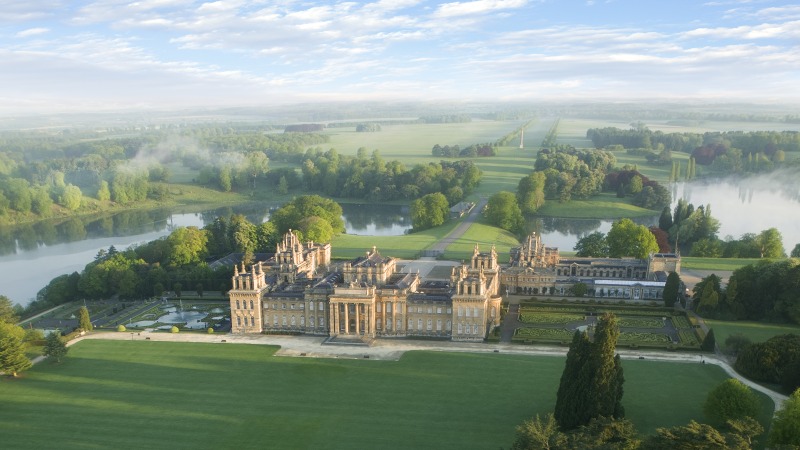Oxford Brookes University expertise in AI helps Blenheim Palace

An artificial intelligence project, developed by experts at Oxford Brookes University, is helping one of Oxfordshire’s most prestigious tourist attractions enhance its customer service and visitor experience.
A 32-month-long Knowledge Transfer Partnership (KTP) between Oxford Brookes and Blenheim Palace is helping to transform the historic estate – famous as the birthplace of Winston Churchill – into a ‘smart’ visitor attraction by using Artificial Intelligence (AI).
The achievements of the partnership, funded by Innovate UK, will be showcased as part of the Oxford Brookes Festival of Artificial Intelligence, which takes place this week from Monday 20 to Friday 24 February.
Experts from the AI and Data Analysis Network (AIDAN) at Oxford Brookes helped Blenheim Palace to develop a Smart Visitor Management System (VMS) that helps the operations team at Blenheim make decisions about running the palace. The system uses data from digital sensors located around the Blenheim Estate that monitor everything from footfall and ticket sales to retail and catering sales.
The Oxford Brookes team developed AI models that use the data to help predict visitor flows and monitor consumption in locations such as the estate’s catering outlets. They also developed an app called What’s Open When (WOW) that tells the operations team at Blenheim Palace in real-time which parts of the Palace and Estate are open, where it is busy and where it is quieter.
Dr Paul Jackson, principal lecturer at Oxford Brookes Business School and the chair of the AIDAN, said: “A unique characteristic of this partnership is the mix of expertise from the University’s School of Computing and the Business School, ensuring that Blenheim is at the cutting edge of data-informed estate management.
“For example, the Marlborough Maze might be full of people but the Churchill Exhibition might be quieter.
“Analysis of the data, using AI, enables managers at Blenheim Palace to make better predictions about footfall. They know, for example, that in two-days-time they can expect a certain number of visitors and plan their staff and catering accordingly.”
Blenheim Palace’s work using AI puts it alongside leading national visitor attractions such as the Eden Project in Cornwall and Chatsworth House in Derbyshire. It is currently ranked number 10 in the most visited paid attractions in England.
David Green, Head of Innovation at Blenheim Palace said: “The partnership between Blenheim and Oxford Brookes University is a testament to the power of collaboration between academia and industry. By combining the intellectual rigour and research excellence of the university with the innovative spirit and practical experience of Blenheim, we can unlock new solutions to some of the world's most pressing challenges and shape a brighter future for all."
